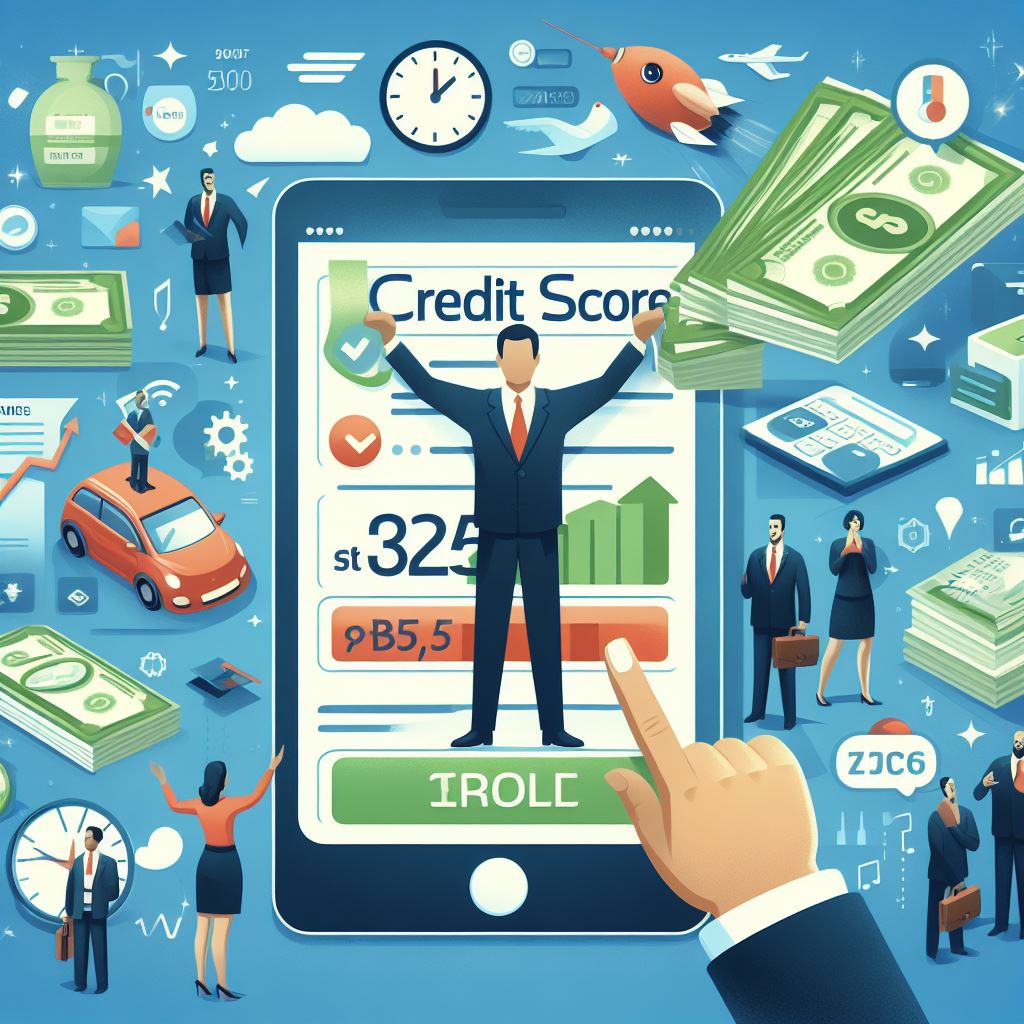The Impact of Technology on Financial Education

The Impact of Technology on Financial Education: In the rapidly evolving landscape of financial education, technology has emerged as a transformative force, reshaping the way individuals acquire and apply financial knowledge. Initially, this article explores the profound influence of technology on financial education, investigating the main advances and their implications for individuals seeking to improve their financial literacy.
Transforming Financial Education Through Technology
In recent years, a wave of technological innovations has ushered in a paradigm shift in the accessibility and delivery of financial education. This transformation goes beyond mere digitization; it represents a fundamental redefinition of how individuals engage with financial knowledge. The integration of cutting-edge tools and platforms has played a pivotal role in democratizing financial education, breaking down traditional barriers and fostering a more inclusive and adaptable learning environment that accommodates diverse learning styles.
Advancements in E-Learning Platforms
Among the noteworthy transformations within financial education is the ascendance of e-learning platforms. These platforms leverage a myriad of interactive modules, engaging video tutorials, and gamified content to captivate and educate users effectively.
An exemplary illustration is found in Khan Academy’s Finance and Capital Markets section, which goes beyond conventional learning methods, offering comprehensive lessons on a wide spectrum of financial topics. The dynamic nature of these platforms engages learners, enhancing retention and application of financial concepts.
Mobile Applications for Personal Finance Management in Financial Education
The ubiquity of mobile applications has empowered individuals to assert control over their finances in real-time, marking a substantial evolution in financial management. Notable applications like Mint and YNAB (You Need A Budget) provide intuitive interfaces for budgeting, expense tracking, and goal setting.
Beyond the convenience of on-the-go financial management, these tools serve as catalysts for enhancing financial literacy. By seamlessly integrating into users’ daily lives, they cultivate proactive financial habits, turning financial management into an accessible and engaging daily practice.
Blockchain and Cryptocurrency Education
The rise of blockchain technology and cryptocurrencies has ignited a demand for education in these cutting-edge financial realms. Leading platforms such as Coinbase and Binance have responded by providing a wealth of educational resources, including tutorials and articles. These resources play a crucial role in demystifying the complexities of blockchain, digital assets, and decentralized finance (DeFi). By offering accessible and comprehensive learning materials, these platforms empower users to navigate the evolving landscape of digital finance confidently.
Interactive Simulations for Practical Learning
Technology’s influence extends to the realm of practical learning through the development of interactive simulations. These simulations, exemplified by Stock Market games and platforms like Investopedia’s Stock Simulator, create a virtual environment that replicates real-world financial scenarios.
By immersing individuals in risk-free yet realistic experiences, these simulations serve as invaluable tools for practicing investment strategies and gaining hands-on experience. The result is a bridge between theory and application, enhancing the practical skills necessary for effective financial decision-making.
The Role of Artificial Intelligence (AI) in Personalized Learning
Artificial Intelligence (AI) stands as a transformative force in tailoring personalized learning experiences. Through meticulous analysis of user behavior, AI algorithms customize content to individual preferences and learning styles. This adaptive learning approach ensures that users receive targeted information, maximizing the effectiveness of their educational journey.
The integration of AI with education goes beyond customization; it optimizes the retention and application of concepts, meeting the unique needs and preferences of each learner. In essence, the impact of technology on education is multifaceted, embracing diverse learning modalities and catering to the dynamic needs of individuals on their learning journey. These advancements herald a new era of accessible, engaging, and personalized education, empowering individuals to navigate the complexities of various subjects with confidence and competence.
Table: Comparative Analysis of Financial Education Platforms
| Platform | Features | Target Audience | Accessibility |
|---|---|---|---|
| Khan Academy Finance | Interactive lessons, quizzes | General audience | Free, online access |
| Mint | Budgeting, expense tracking | Individuals | Mobile application |
| YNAB (You Need A Budget) | Goal setting, budgeting | Individuals | Mobile application |
| Coinbase | Cryptocurrency education | Crypto enthusiasts | Mobile application |
| Investopedia Stock Simulator | Simulated stock market experience | Investors | Online, free access |
Shaping a Financially Literate Future
In conclusion, the impact of technology on financial education is multifaceted and transformative. From e-learning platforms to mobile applications and AI-driven personalization, technology has democratized access to financial knowledge. As we embrace these advancements, it’s essential for individuals to leverage these tools actively, fostering a financially literate future where everyone has the knowledge and skills to navigate the complexities of personal finance. Embracing the intersection of technology and financial education is not just a trend; it’s a cornerstone for building a financially empowered society.




